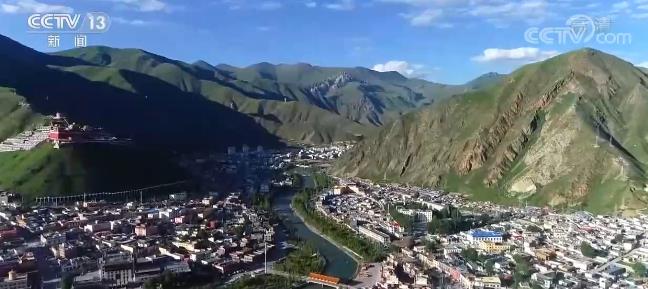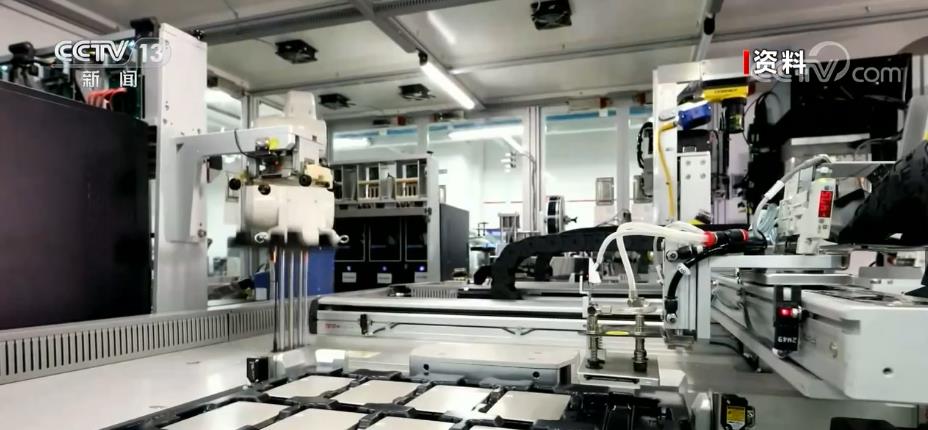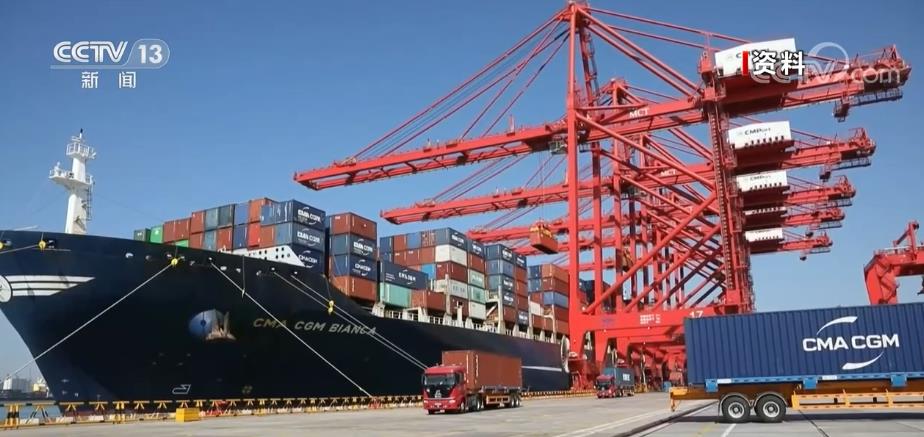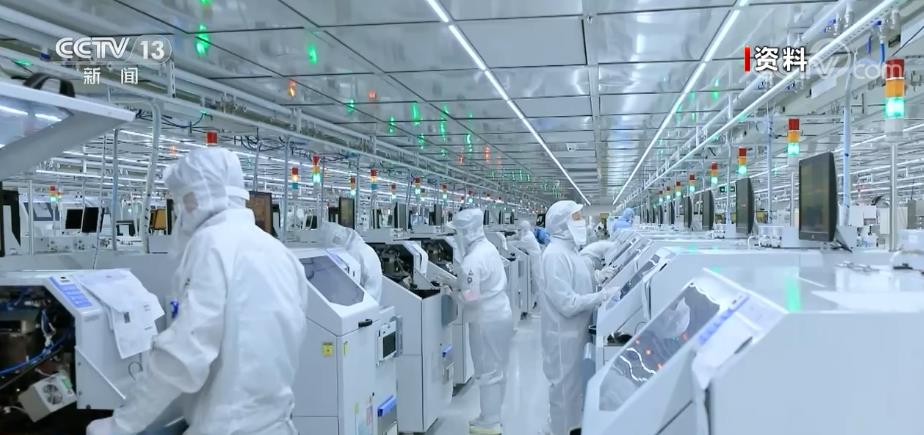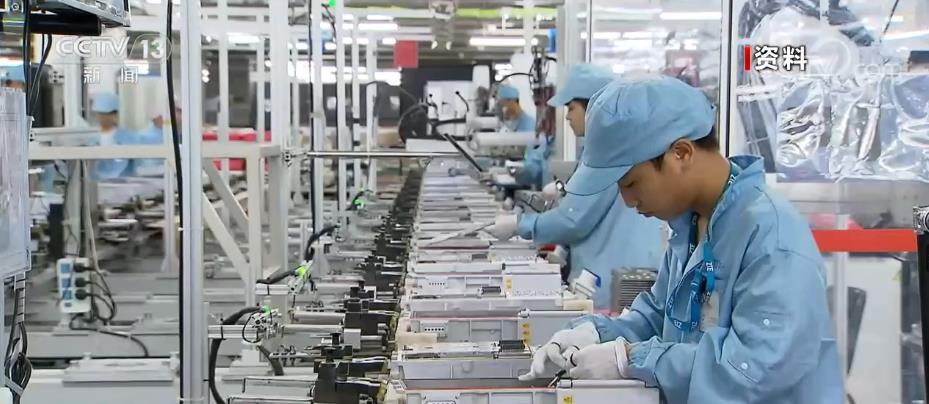
Special feature of 1905 film network "I read the whole The Journey to the West at the age of nine, but this is the first time I have officially made the theme of this wonderful book. I have fulfilled my wish. "
When Jing Wong, 65, recommended his new online movie "the Monkey King vs. Pansi Cave", he unabashedly referred to it as "a childhood dream".
|
After the film was launched, it quickly reached the top of the Japanese list. At present, the cumulative broadcast volume has reached 56.45 million, ranking among the best online movies in the same period.
However, "the Monkey King vs. Pansi Cave" suffered a word-of-mouth "Waterloo" on Douban, with a score of only 3.0, and 64.5% of netizens gave a one-star bad review. The key words are "shocking plot", "rough special effects" and "awkward lines", and "Made in Jing Wong" once again encounters the embarrassing situation of "not being well received".

With a keen business sense, Jing Wong became one of the earliest Hong Kong directors to enter the online movie market. At the same time as Jing Wong, even earlier, a group of Hong Kong filmmakers firmly established themselves in the phalanx of online movies on the way "all the way up". It is a two-way choice for Hong Kong filmmakers to enter the online movie market, but both of them are in urgent need of a break in the face of the question of "speculating on cold rice" and "living on their laurels".
Jing Wong’s online movie business.
As early as 2015, Jing Wong entered the online market of "Blue Ocean" and signed a cooperation agreement with iQiyi for six films.
A year later, Jing Wong produced and wrote the first online drama My Goddess of Need. The film continues the routine of urban romantic comedy that Jing Wong is good at, bringing in Ekin Cheng, Chrissie Chau and other quasi-cinema stars, and the number of hits has exceeded 30 million in five days.
Coupled with the investment claimed to be over 10 million, this "My Goddess of Need" stirred up a lot of water in the online market at that time.

In 2018, at the forum of "Regeneration of Network Distribution Value-Breakdown and Reorganization of Hong Kong Film IP", Jing Wong suddenly angered the chaos of "plagiarism" of online movies. "The theme you said is to pay tribute to Hong Kong movies. In my opinion, this is a collective theft of Hong Kong IP by online movies … without giving any fees to any intellectual property owner or even asking for permission."
Jing Wong’s words poked at the crux of the shoddy and plagiarism in the online market at that time, and also revealed the recognized creative shortcut in the Chinese online market from one side.
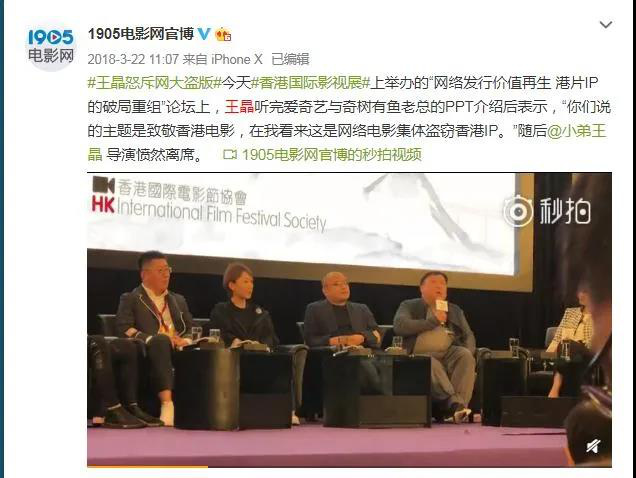
In the cinema film market, the argument that "Hong Kong films are dead" will be rampant from time to time, but in the online market, the classic Hong Kong IP is welcoming round after round of "resurrection" in various forms.
Looking at the nearly ten online works that Jing Wong participated in, it is not difficult to find that he himself can’t avoid the custom in the matter of "speculating IP".
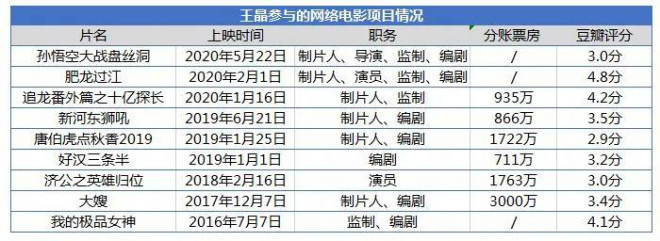
"New lion roars" and "Tang Bohu Dianchouxiang 2019" are obviously based on the classic Hong Kong film IP. "Detective Billion" is an online spin-off he launched after the success of cinema films. "Flying Dragon Crossing the River" also pays tribute to the classic Hong Kong Kung Fu comedy from the title to the plot.

This time, "the Monkey King War Pansi Cave" is no exception. "Journey to the West" is one of the most classic themes of Hong Kong films. From the series of "Journey to the West" to "Journey to the West to Demon/Evil", it is not uncommon but often new.
This time, Jing Wong also invited Luo Jiaying, who played the Tang Priest in A Chinese Odyssey, and Benny Chan, the Monkey King, who played the Monkey King in the Hong Kong drama "Journey to the West II", together with several new "crystal girls" and erotic and comedy elements that Jing Wong is good at, to complete a "self-respect" emotional output.

However, like Jing Wong’s works in recent years, "the Monkey King vs. Pansi Cave" still cannot escape the dilemma of "disappointing performance". "Fried cold rice" and "king of rotten films" have once again become the key words of various film reviews.
In the face of doubts and negative comments, Jing Wong seems to have already practiced "invulnerability". What he often says seems to be still applicable in the context of online movies. "It is far more effective for viewers to vote with money than for critics to vote with their mouths."

There are only a few hundred people evaluating online movies on Douban, and the users of Douban are not in the same circle as the mainstream audience of online movies. Platform broadcast volume and box office are far more commercial than Douban score, which is also the basis for Jing Wong to speak this language.
Talking about the cooperation with Jing Wong, Gong Yu, CEO of iQiyi, once commented on him as "the director with the most Internet genes in Chinese movies" and "he has been making movies with the Internet thinking of product managers." Jing Wong even boldly predicted: "The Internet will replace the traditional cinema, and I am willing to take this step first."
It is not difficult to see that the logic of commercial movies that Jing Wong believes in coincides with the emphasis on low-cost and fast-paced online movie market. Online movie audiences’ preference for strong genre and "heavy taste" movies is exactly what Jing Wong wants. It can be said that Jing Wong, which has always regarded movies as commodities, is active in the online movie market, which is a two-way choice and the result of the times.

Hong Kong’s "Playing Bone" on the Net
There are many "old friends" such as Benny Chan, Lin Zicong, Zheng Zeshi, Luo Jiaying and Chen Baixiang in Jing Wong’s online movie projects. They used to be "familiar faces" in classic Hong Kong films, but now they are frequently active in the online movie market, which holds up "half the sky" of Chinese online movies with a high-yield rhythm of Toshitabe.
The Monkey King vs. Pansi Cave is not the first time that Benny Chan and Lin Zicong have played the Monkey King and Zhu Bajie in online movies. As early as "Fighting against Buddha" and "The Great Sage of Qi Tian and the City of All Demons", they once starred together. Coupled with the cooperation in the "Jigong" series, the combination of Chen and Erh Lin has been deeply rooted in the hearts of online movie audiences.
|
Since 2017, the number of online movies starring Benny Chan has exceeded 20, and there will be as many as 6 movies in 2020 alone. In the "TOP10 list of China Internet’s great influence" released at the beginning of the year, Benny Chan ranked third and became one of the hottest actors in Internet University.

Fan Shaohuang, a "virtual bamboo" who is also well-known to the audience for "Eight Dragons", has also regarded online movies as its main battlefield in recent years. From The Great Sage Conquers the Demon, The Monkey King’s Screaming at the Dragon Palace to the series of modern action films, The Green Legion with Special Mission and Action of Wolves, Fan Shaohuang’s films are more diverse.

In addition to these Hong Kong actors who have become the "backbone" of the online movie market all the way up the road, there are also many "golden leaves" in Hong Kong films and Hong Kong dramas that glow with "second spring" in online movies.
"Pomegranate Sister" King-Tan Yuen starred in more than 10 online movies such as "Tang Bohu Dianqiuxiang 2019", and 70-year-old "charterer" Yuan Wah and "charterer" Yuan Qiu are still in their prime. Luo Jiaying, Zheng Zeshi, Ng Man Tat, and Xu Shaoqiang also appeared in a lot of online works.
|
In addition, Deric Wan, Xie Tianhua, Lv Liangwei and other actors, Kathy CHAU, Kristy Yang, Carman Lee and other actresses have also tried the net more or less. Online movies have become a "gathering place" for the older generation of Hong Kong movie stars.
|
Similar to Jing Wong, the interaction between Hong Kong actors and online movies is also a "two-way choice" process.
Wei Junzi, a film critic, said in an interview that the mainstream audience of online movies is very similar to the audience of the "golden age" of Hong Kong movies. On the one hand, their movie-watching choices are greatly influenced by "inertia", and they have a natural affinity for familiar themes and actors.
These popular Hong Kong IP films and "bone-playing" actors can often achieve twice the result with half the effort. The collaboration between Benny Chan and Carman Lee in "The Flame Mountain of the Great Sage in the Monkey King" triggered a discussion on the topic of "Duan Yu and Wang Yuyan meet again", which was easily searched in Weibo.

In the recent phenomenal online movie Ghost Story: Human Love, Yuan Wah’s re-performance of Yan Chixia and Xu Shaoqiang’s cross-dressing "Grandma" has also become one of the publicity points.

On the other hand, the low-cost and fast-paced creative mode of online movies is also very similar to that of Hong Kong movies. These actors, who have been tempered by the Hong Kong film industry with an annual output of several hundred films, are highly adaptable, and with their professional acting skills and reasonable pay, they naturally become the first choice for the big network crew.
Zheng Zeshi, the "Fat Cat", once recalled the year in the Tucao Conference, lamenting that when Hong Kong was hit by the financial crisis, only the Jing Wong film crew started work. Although many bad films were made, it supported a group of Hong Kong filmmakers.

Nowadays, the mixed online movies have similar significance to Hong Kong filmmakers. After all, for many pragmatic practitioners, film is a business, and "it’s a big deal."
In the first quarter of 2020, the total amount of TOP 30 online movies reached 430 million, and there were 23 films with over 10 million accounts, an increase of 188% over the same period last year. Facing the broad market prospect, online movies put forward higher requirements for quality. Last October, the "Internet Movie" was officially renamed as "Internet Movie", which also expressed the industry’s determination to bid farewell to the shoddy "Internet Movie" era.
Some analysts have suggested that the online movie market will gradually enter the "word-of-mouth-driven 3.0 era" from the "genre-driven 2.0 era" — — Good stories and good acting skills are the core, returning to the content itself, and driving the box office with user word of mouth.

Under the tide of "high-quality" online movies, if Hong Kong filmmakers only focus on self-repetition, they will inevitably be abandoned by the audience one day, which is foreshadowed by a large number of negative comments on "the Monkey King vs. Pansidong".
In the face of online movie audiences whose aesthetics are constantly improving, both Jing Wong and Hongkong filmmakers need to show more sincerity.
